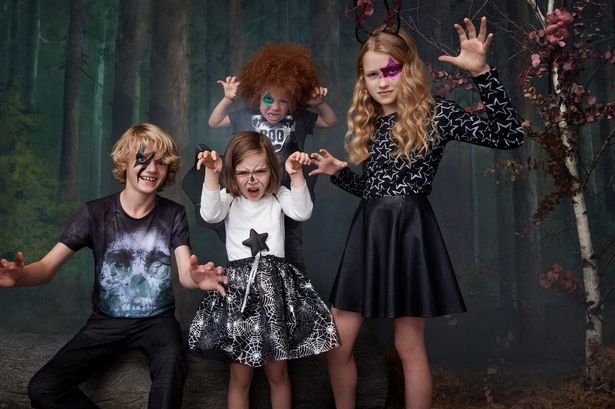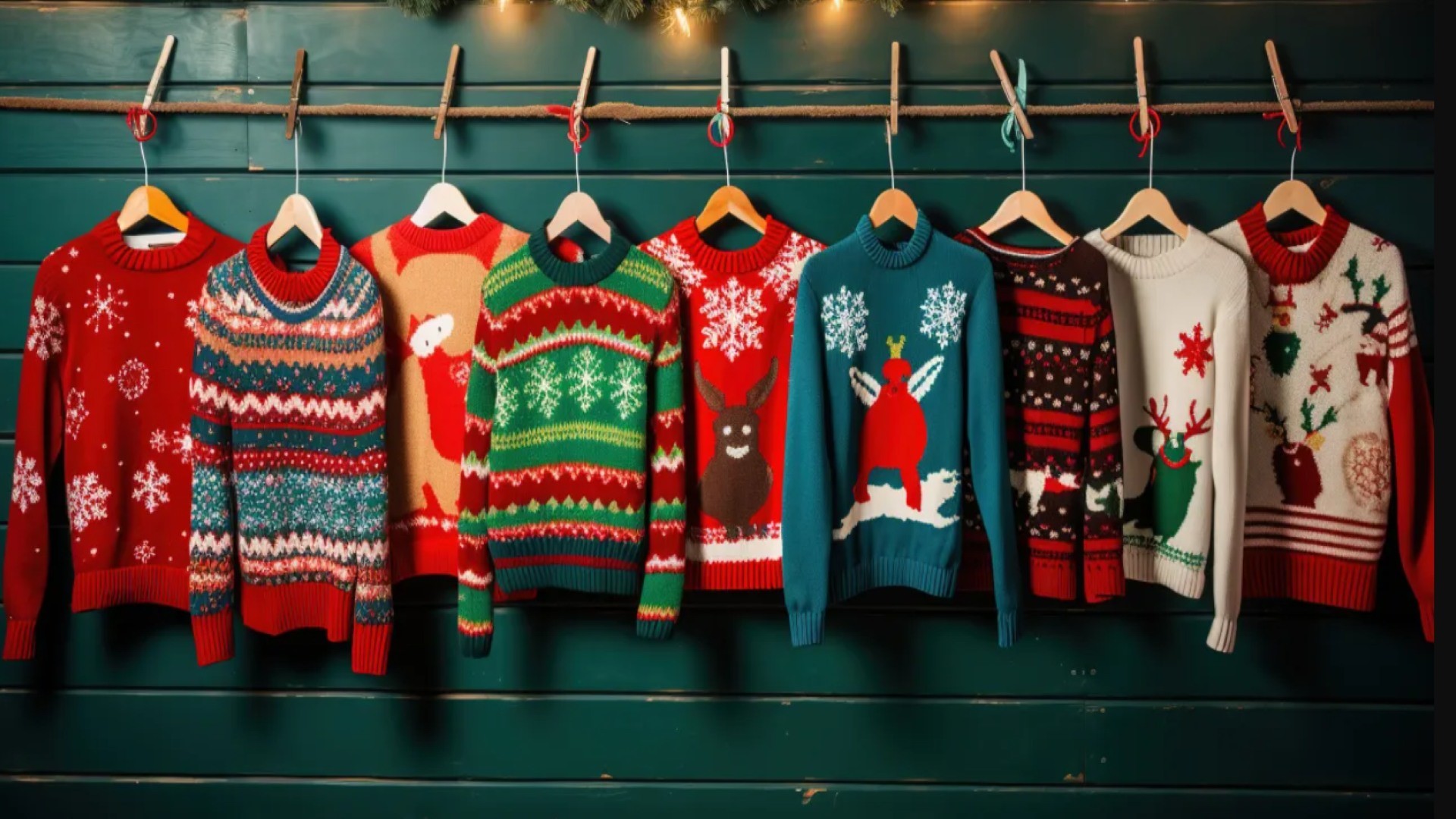Top 11 Fun Facts About the History of Halloween
1. Today's Halloween is a cultural mashup.
The Halloween holiday we've all come to know and love is a combination of several different celebrations from different cultures and religions at different times in history. The ancient Celtic people celebrated Samhain, marking the end of harvest season and a time when the boundary between the worlds of the living and the dead became blurred and ghosts visited the earth. After the Roman Empire conquered the Celtic peoples, their festivals of Feralia, a day in late October when the Romans honored the passing of the dead, and a day to honor Pomona, the Roman goddess of fruit and trees, were combined with Samhain, as said by Parents.
| The November 1st Catholic holiday of All Saints' Day, or All Hallows' Mass, celebrating all those who have gone to heaven, also contributes to the history of Halloween. All Souls' Day, celebrated the next day, honors all who have died but have not yet reached heaven. |
2. Dressing up in costumes was once a way to hide from ghosts.
The tradition originated as a way for the Celtic and other European people to hide from the spirits who returned at this time of year. People wore masks when they left their homes after dark so the ghosts would think they were fellow spirits. To keep the ghosts out of their houses, people would place bowls of food outside to make them happy.
 |
| Halloween costumes. Photo: Daily Mirror |
3. Jack-o-lanterns were originally carved into turnips.
In a traditional Celtic story, a man named Jack tricked the Devil, so after Jack died the Devil made him roam the night with only a burning coal to light his way. Jack put the piece of coal in a carved-out turnip, a common vegetable there, and became known as Jack of the Lantern. Irish and Scottish people would carve their own versions of Jack's lantern with scary faces and place them near windows or doors to frighten away Jack or other evil spirits. When immigrants brought the tradition to America, the native pumpkin was more available than turnips, and today's jack-o-lanterns were born.
4. Trick-or-treating likely evolved from the medieval custom of "souling" in England.
On All Souls' Day celebrations, poor people would knock on doors asking for food in exchange for saying prayers for the home's dead relatives.
5. Cats have been part of the history of Halloween for centuries.
During the ancient Celtic festival of Samhain, priests used cats as part of a ritual to try to predict the future.
6. Bonfires were lit on Halloween
Accordin to Historyextra, until the 19th century, bonfires were lit on Halloween in parts of northern England and Derbyshire. Some folklorists believe the enduring popularity of Guy Fawkes bonfires on 5 November may be a memory of an older fire festival, but there is a lack of written evidence for these in England before the late 17th century.
7. The "bon" in bonfire is a reference to bones.
During Samhain, priests lit large fires to represent the sun returning after the hard winter. They would throw the bones of cattle into the flames, creating a "bone fire."
8. The history of Halloween includes a lot of romance.
Scottish girls hung wet sheets in front of the fire on the holiday to see images of their future husband. Young women would also peel an apple, often at midnight, in one strip and throw it over their shoulder. The strip was supposed to land in the shape of the first letter of her future husband's name. In colonial America, Halloween's bobbing for apples was a fortune-telling game: the first person to get the apple without using his or her hands would be the first to marry.
People also used to bake Halloween cakes with a ring and a thimble inside. Get the slice with the ring and you would be married within the year. The thimble? You'd be unlucky in love.
9. The custom of decorating with black and orange for Halloween makes perfect sense.
Orange is seen throughout autumn's changing leaves and is a symbol of strength and endurance, while black is typically the color of death. The Celtics may have been the first people to use this color combination to gain strength for the long winter ahead and celebrate the dead during the Samhain holiday.
10. Halloween wasn’t always about the supernatural
There is no evidence the pagan Anglo-Saxons celebrated a festival on 1 November, but the Venerable Bede says the month was known as ‘Blod-monath’ (blood month), when surplus livestock were slaughtered and offered as sacrifices. The truth is there is no written evidence that 31 October was linked to the supernatural in England before the 19th century.
11. Nor was it always scary
The idea of Halloween as a festival of supernatural evil forces is an entirely modern invention. Urban legends about razor blades in apples and cyanide in sweets, hauntings by restless spirits and the use of 31 October as the date of evil or inauspicious events in horror films, reflect modern fears and terrors, Historyextra said.


























